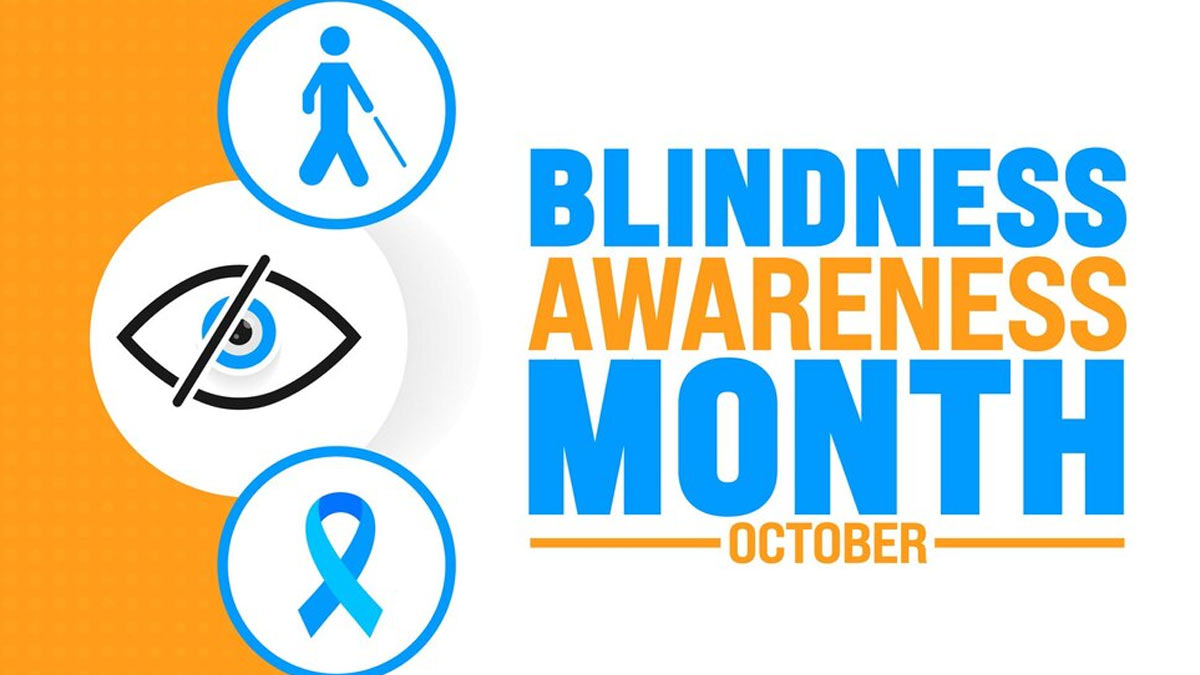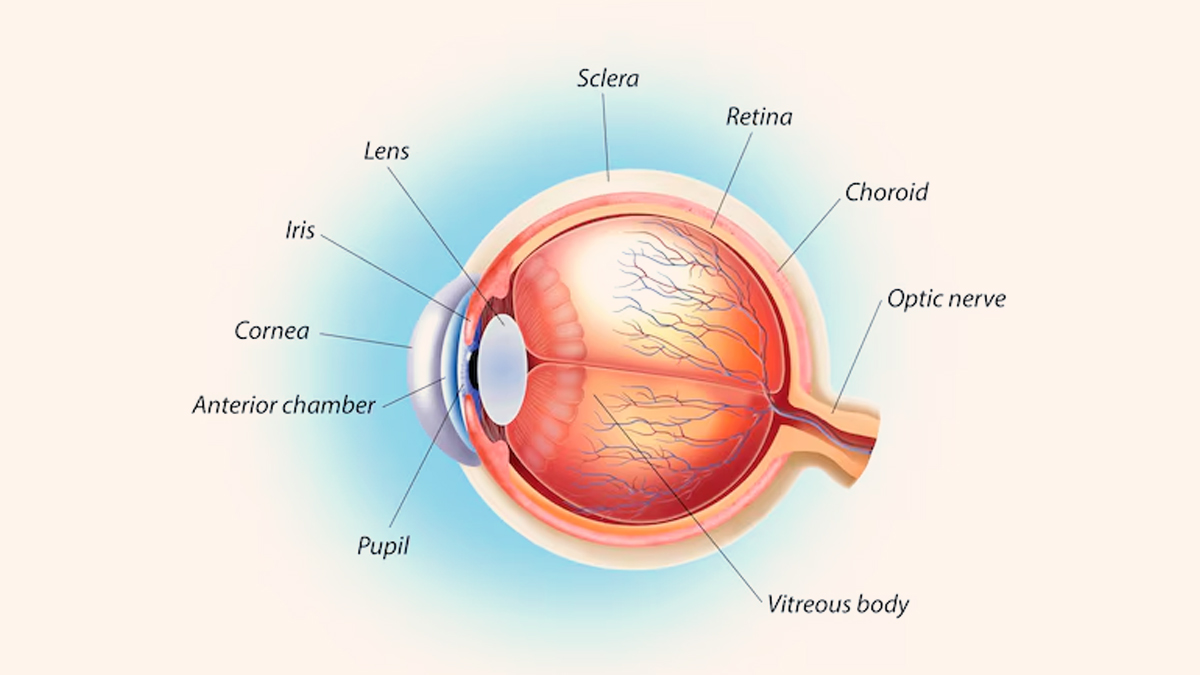
Corneal blindness is becoming increasingly prevalent in India, with an estimated 20,000 to 25,000 new cases arising each year. Accounting for around 7.5% of India's total blindness burden, corneal blindness results in severe vision loss and reduced quality of life, especially in underserved rural areas. While traditionally linked to infections such as keratitis, the causes of corneal blindness are shifting toward eye injuries, vitamin deficiencies, and other complications.
Table of Content:-
During Blindness Awareness Month, experts from Dr Agarwals Eye Hospital shared insights on corneal blindness, its causes, and its far-reaching impact.
Rising Incidence of Corneal Blindness in India

The causes of corneal blindness have shifted in recent years. Traditionally linked to infections like keratitis, the condition is now increasingly driven by eye trauma, vitamin deficiencies, and complications from degenerative eye diseases. Dr Smit Bavaria, Cataract Surgeon, Dr Agarwals Eye Hospital, Mumbai, underscores that eye infections and injuries are the primary causes today, particularly in rural India. "Due to limited access to eye care, rural areas bear a substantial share of the corneal blindness burden," he explains.
Infections such as keratitis often start with mild symptoms like redness, irritation, and blurred vision. However, untreated infections can lead to corneal scarring or opacity, resulting in partial or complete vision loss. While early treatment is highly effective, delayed medical intervention—especially in underserved areas—often leads to irreversible blindness.
Also read: Night Blindness Could Be A Sign Of Vitamin A Deficiency: How To Increase Nutrient Levels
Infections, Injuries, and Nutritional Deficiencies

Dr Preethi Naveen, Senior Cornea and Refractive Surgeon and Medical Director, Dr Agarwals Eye Bank, Chennai, highlights that India’s high rates of corneal blindness stem from multiple factors. “Corneal blindness is a significant cause of vision loss, affecting approximately 1.2 million people in India," she shares. "This is primarily due to infections like trachoma and keratitis, eye injuries in industrial and agricultural settings, and widespread vitamin A deficiency.”
Dr Naveen further emphasises that poor hygiene practices, delayed access to healthcare, and a lack of awareness worsen the situation, especially in rural areas. Children and working-age adults face high risks due to malnutrition, frequent injuries, and inadequate healthcare facilities. Elderly individuals also remain susceptible to blindness from age-related degenerative conditions if left untreated.
Challenges in Accessibility and Shortage of Corneal Donors

Many people, particularly in rural India, lack access to timely and quality eye care services, according to Dr Sanjana Vatsa, Cornea and Refractive Eye Surgeon, Dr Agarwals Eye Hospital, Bengaluru. “Accessibility and healthcare disparities are major challenges, highlighting the need for continued and targeted interventions,” she says. Resource limitations and a shortage of trained healthcare providers add to the difficulty in managing corneal blindness, often leading to irreversible damage by the time individuals seek medical help.
Additionally, Dr Vatsa points out a critical shortage of corneal donors, with only 25,000 to 30,000 corneal donations per year against an annual need of 200,000. "This scarcity arises from limited public awareness about eye donation and the lack of organised corneal transplant programs in many regions,” she explains. The gap in corneal donation programs, combined with poverty and malnutrition, further intensifies the prevalence of corneal blindness.
Also read: Understanding Colour Blindness: How To Detect It And Is It Reversible?
Prevention

To reduce the burden of corneal blindness in India, experts agree that a multi-pronged strategy is essential. Dr Vatsa advocates for raising awareness at the individual level and promoting regular eye examinations to detect and address eye health issues early. “Increasing public participation in eye health initiatives and highlighting the importance of corneal donation are crucial steps," she notes.
Implementing programs that address nutritional deficiencies, particularly vitamin A supplementation in vulnerable groups, is another key recommendation to reduce corneal-related problems. Broader community-based initiatives focused on eye health, preventive care, and rural healthcare expansion are vital steps to protect vision and improve quality of life across India.
Conclusion
The growing prevalence of corneal blindness in India calls for urgent and comprehensive action, from preventive measures to improved rural access to eye care. Strengthening awareness campaigns, promoting eye donations, and addressing healthcare disparities are essential to alleviating corneal blindness and enhancing life quality for those affected across the country.
Also watch this video
How we keep this article up to date:
We work with experts and keep a close eye on the latest in health and wellness. Whenever there is a new research or helpful information, we update our articles with accurate and useful advice.
Current Version